An Ultra-Wideband Plane Wave Generator for 5G Base Station Antenna Measurement
Abstract
1. Introduction
- For the over-the-air test requirements of 5G base stations, in this paper, a low-frequency ultra-wideband 1D linear array PWG is reported;
- A Vivaldi antenna-based electrically small ultra-wideband antenna unit is proposed, designed using slotting, impedance matching, and feed network to ensure ultra-wideband characteristics. Meanwhile the size of the antenna unit can be as large as a quarter of the minimum frequency wavelength.
- A multi-frequency optimization and segmented band testing method is proposed to divide the ultra-wideband range into several frequency bands for amplitude and phase excitation optimization and testing to reduce the complexity of the feeder network.
2. Design and Optimization of Ultra-Wideband Plane Wave Generators
2.1. Low-Frequency Broadband Antenna Unit
2.2. Low-Frequency Broadband Plane Wave Array
2.3. Plane Wave Excitation Optimization Algorithm
3. Simulation Results and Experiments
3.1. Low-Frequency Ultra-Wideband Vivaldi Antenna Simulation
3.2. Antenna Array Excitation Optimization and Simulation Results
3.3. Validation of Low-Frequency Broadband Plane Wave Array
3.4. Accuracy Evaluation of 5G Base Station Antenna Measurements Using PWG
4. Conclusions
Author Contributions
Funding
Data Availability Statement
Conflicts of Interest
References
- Cutler, C.C.; King, A.P.; Kock, W.E. Microwave Antenna Measurements. Proc. IRE 1947, 35, 1462–1471. [Google Scholar] [CrossRef]
- Wang, X.; Zhai, W.; Greco, M.; Gini, F. Cognitive Sparse Beamformer Design in Dynamic Environment via Regularized Switching Network. IEEE Trans. Aerosp. Electron. Syst. 2022, 1–17. [Google Scholar] [CrossRef]
- Johnson, R.; Ecker, H.; Moore, R. Compact Range Techniques and Measurements. IEEE Trans. Antennas Propag. 1969, 17, 568–576. [Google Scholar] [CrossRef]
- Gillespie, E.S.; Hess, D.W.; Stubenrauch, C.F. Antenna Measurements: A Comparison of Far-Field, Compact Range and near-Field Techniques. In Proceedings of the Conference on Precision Electromagnetic Measurements Digest, Boulder, CO, USA, 27 June–1 July 1994; IEEE: Boulder, CO, USA, 1994; p. 375. [Google Scholar]
- Courtney, C.C.; Voss, D.E.; Haupt, R.; LeDuc, L. The Theory and Architecture of a Plane-Wave Generator. In Proceedings of the 24th Annual Meeting and Symposium of the Antenna Measurement Techniques Association, Cleveland, OH, USA, 3–8 November 2002; Volume 3, pp. 353–358. [Google Scholar]
- Burnside, W.; Gilreath, M.; Kent, B.; Clerici, G. Curved Edge Modification of Compact Range Reflector. IEEE Trans. Antennas Propag. 1987, 35, 176–182. [Google Scholar] [CrossRef]
- Wang, X.; Li, W.; Chen, V.C. Hand Gesture Recognition Using Radial and Transversal Dual Micromotion Features. IEEE Trans. Aerosp. Electron. Syst. 2022, 58, 5963–5973. [Google Scholar] [CrossRef]
- Fan, W.; Kyösti, P.; Jing, Y.; Wang, Z. Over-the-Air Testing Metrology of 5g Radios. In Metrology for 5G and Emerging Wireless Technologies; Institution of Engineering and Technology: London, UK, 2022. [Google Scholar]
- Zhang, Y.; Wang, Z.; Sun, X.; Qiao, Z.; Fan, W.; Miao, J. Design and Implementation of a Wideband Dual-Polarized Plane Wave Generator With Tapered Feeding Nonuniform Array. Antennas Wirel. Propag. Lett. 2020, 19, 1988–1992. [Google Scholar] [CrossRef]
- Scattone, F.; Sekuljica, D.; Giacomini, A.; Saccardi, F.; Scannavini, A.; Gross, N.; Kaverine, E.; Iversen, P.O.; Foged, L.J. Design of Dual Polarised Wide Band Plane Wave Generator for Direct Far-Field Testing. In Proceedings of the 2019 13th European Conference on Antennas and Propagation (EuCAP), Krakow, Poland, 31 March–5 April 2019; pp. 1–4. [Google Scholar]
- Li, Y.; Gao, L.; Sun, H.; Zhang, X. Plane-Wave Synthesis: A Sparse Representation Perspective. Antennas Wirel. Propag. Lett. 2020, 19, 1644–1648. [Google Scholar] [CrossRef]
- Xia, J.; Kong, W.; Wang, G. Compact UWB Probe for Near-Field Microwave Target Detection and Imaging. In Proceedings of the 2009 5th International Conference on Wireless Communications, Networking and Mobile Computing, Beijing, China, 24–26 September 2009; IEEE: Beijing, China, 2009; pp. 1–4. [Google Scholar]
- Li, Y.; Su, M.; Sheng, Y.; Dong, L. Ultra-Wideband Dual Polarized Probe for Measurement Application; IEEE: Piscataway, NJ, USA, 2013; Volume 2, pp. 1025–1028. [Google Scholar]
- Fei, P.; Jiao, Y.-C.; Hu, W.; Zhang, F.-S. A Miniaturized Antipodal Vivaldi Antenna with Improved Radiation Characteristics. IEEE Antennas Wirel. Propag. Lett. 2011, 10, 127–130. [Google Scholar]
- Bucci, O.M.; Migliore, M.D.; Panariello, G.; Pinchera, D. Plane-Wave Generators: Design Guidelines, Achievable Performances and Effective Synthesis. IEEE Trans. Antennas Propag. 2012, 61, 2005–2018. [Google Scholar] [CrossRef]
- Haupt, R. Generating a Plane Wave with a Linear Array of Line Sources. IEEE Trans. Antennas Propag. 2003, 51, 273–278. [Google Scholar] [CrossRef]
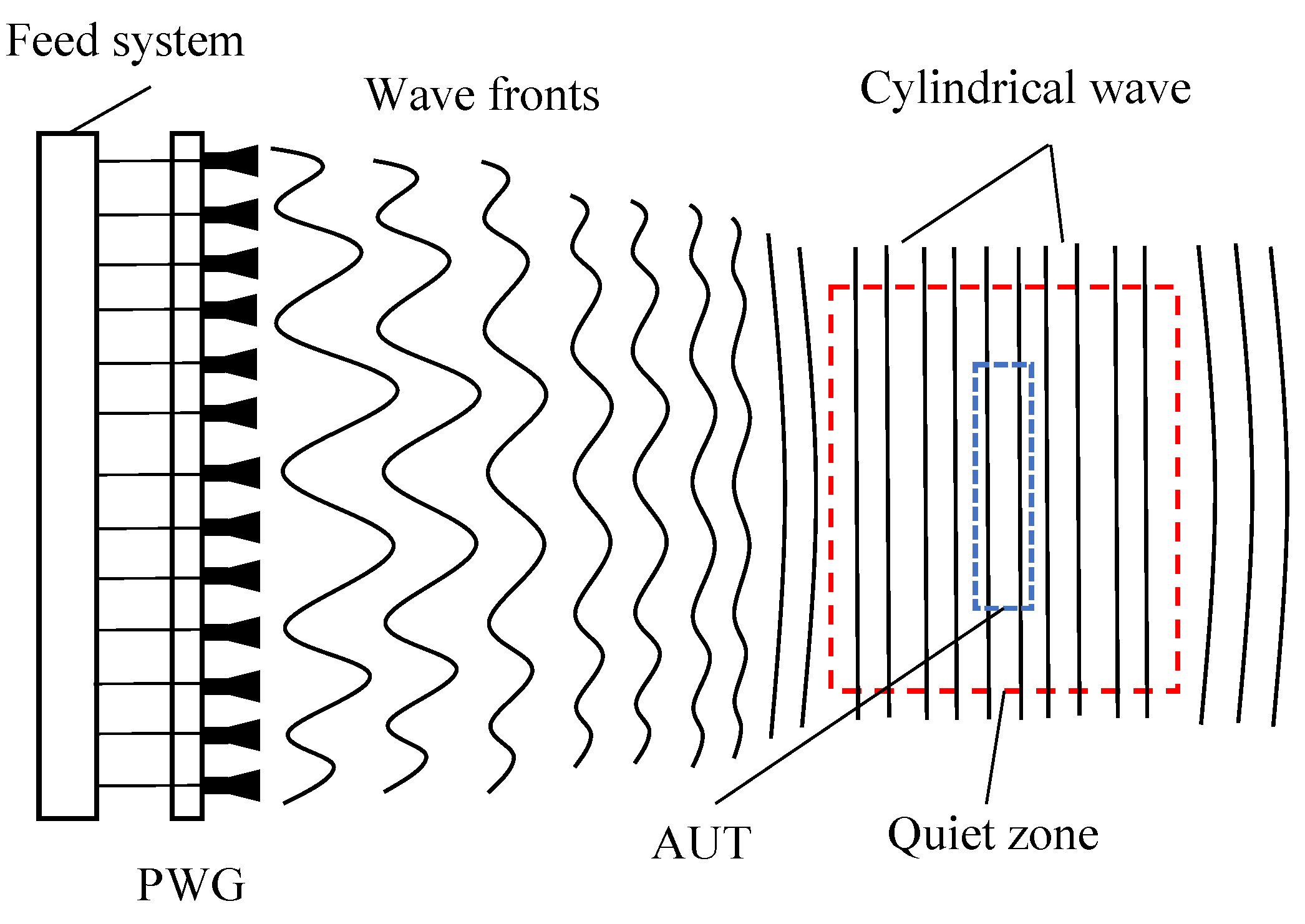
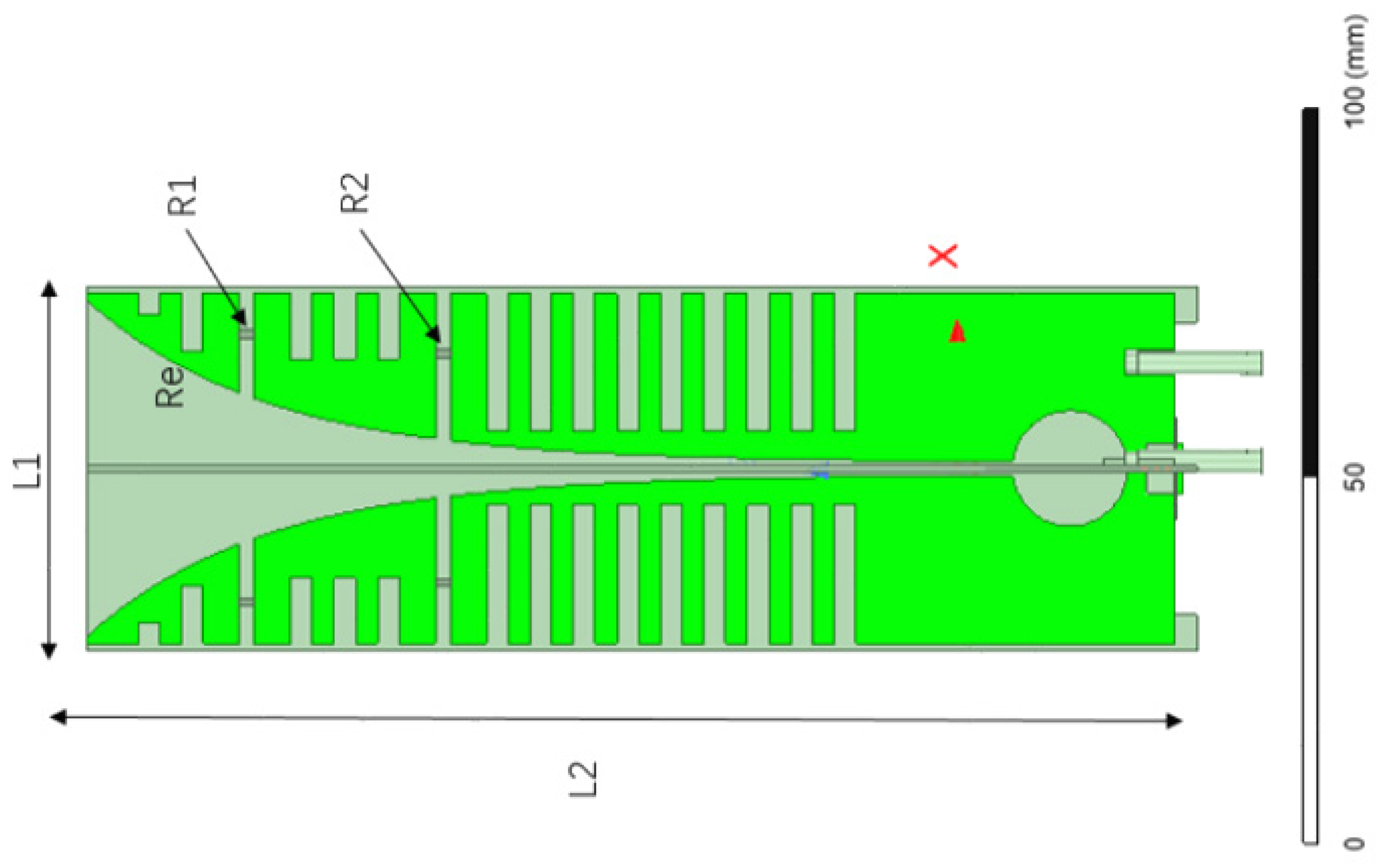


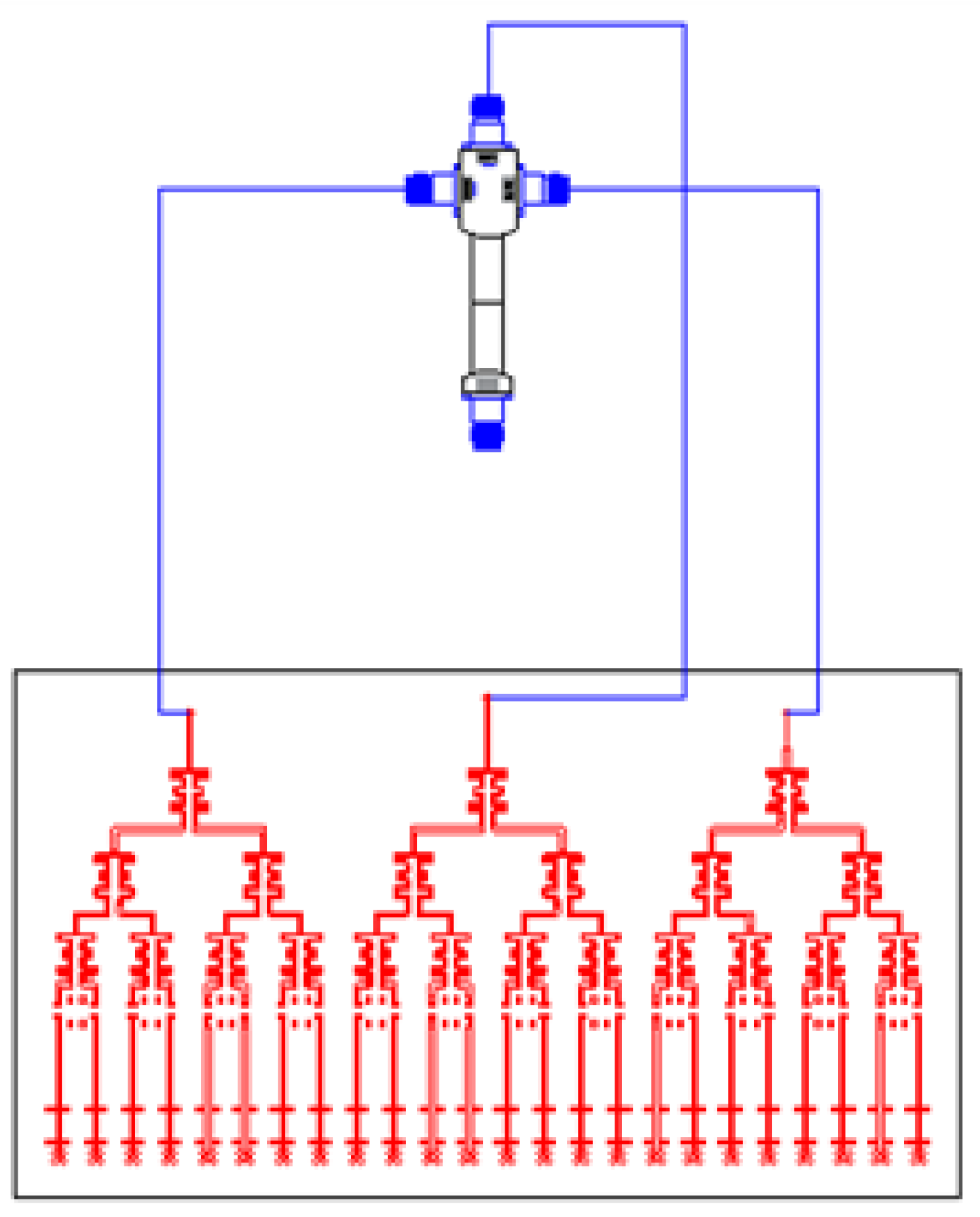
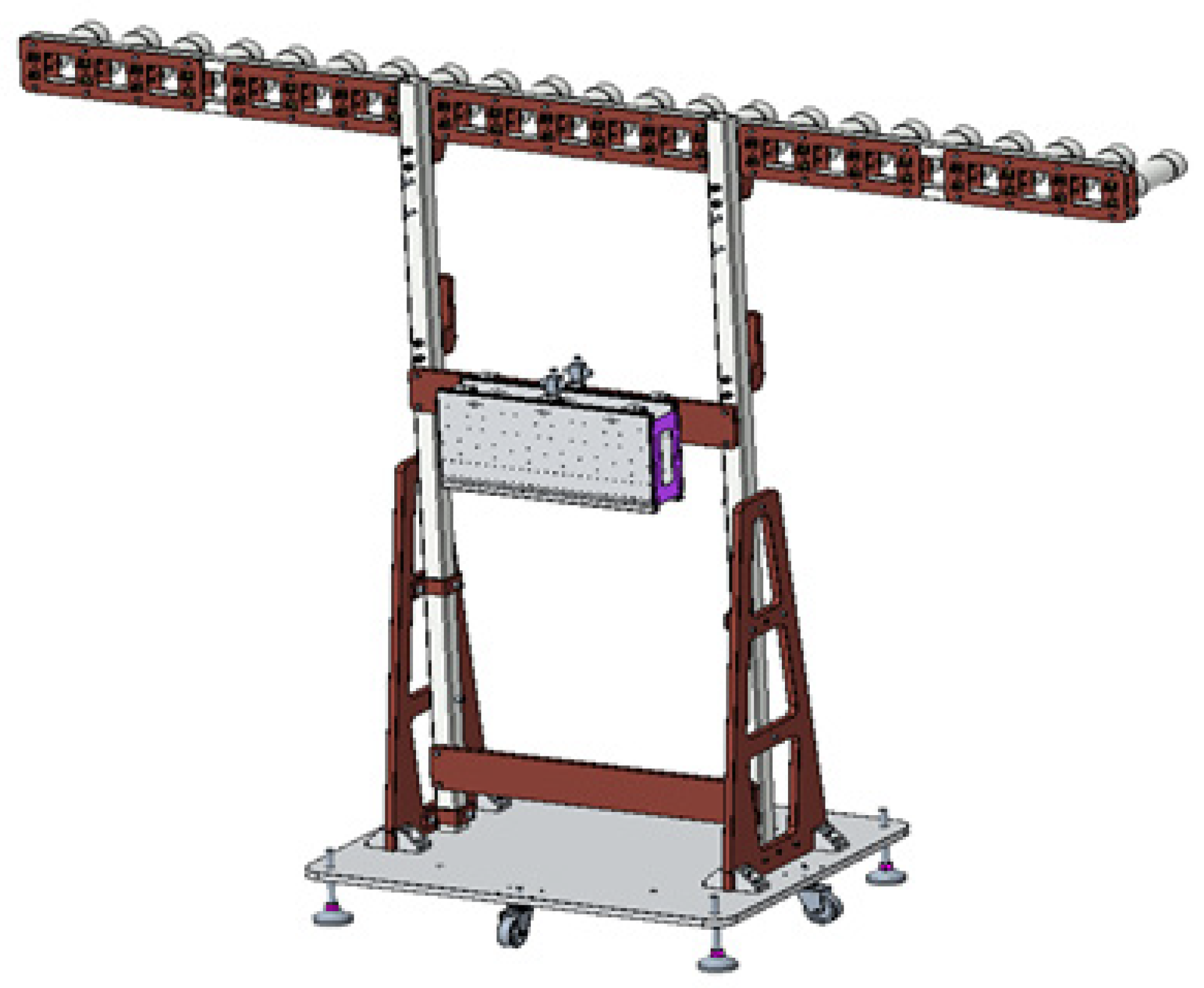

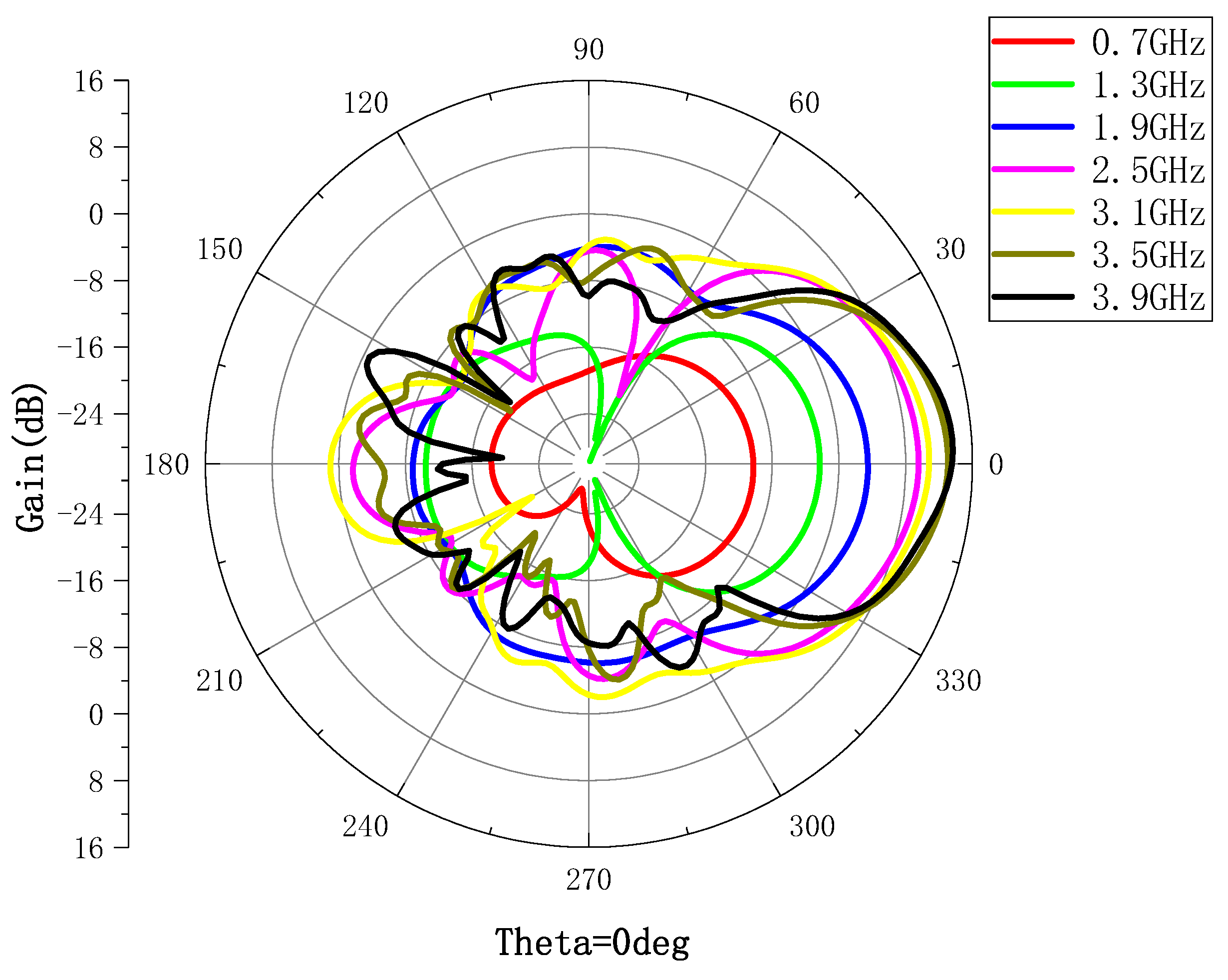
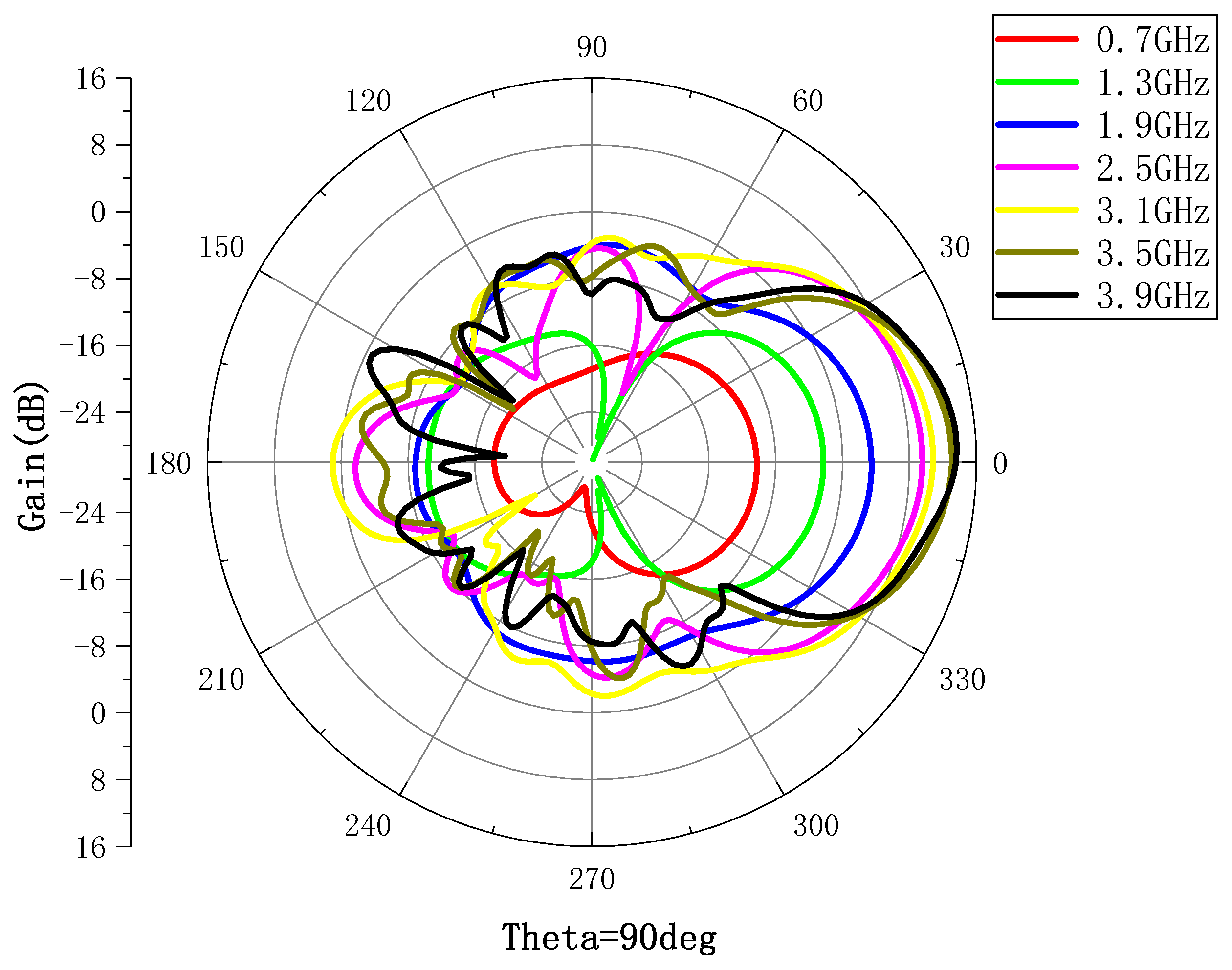
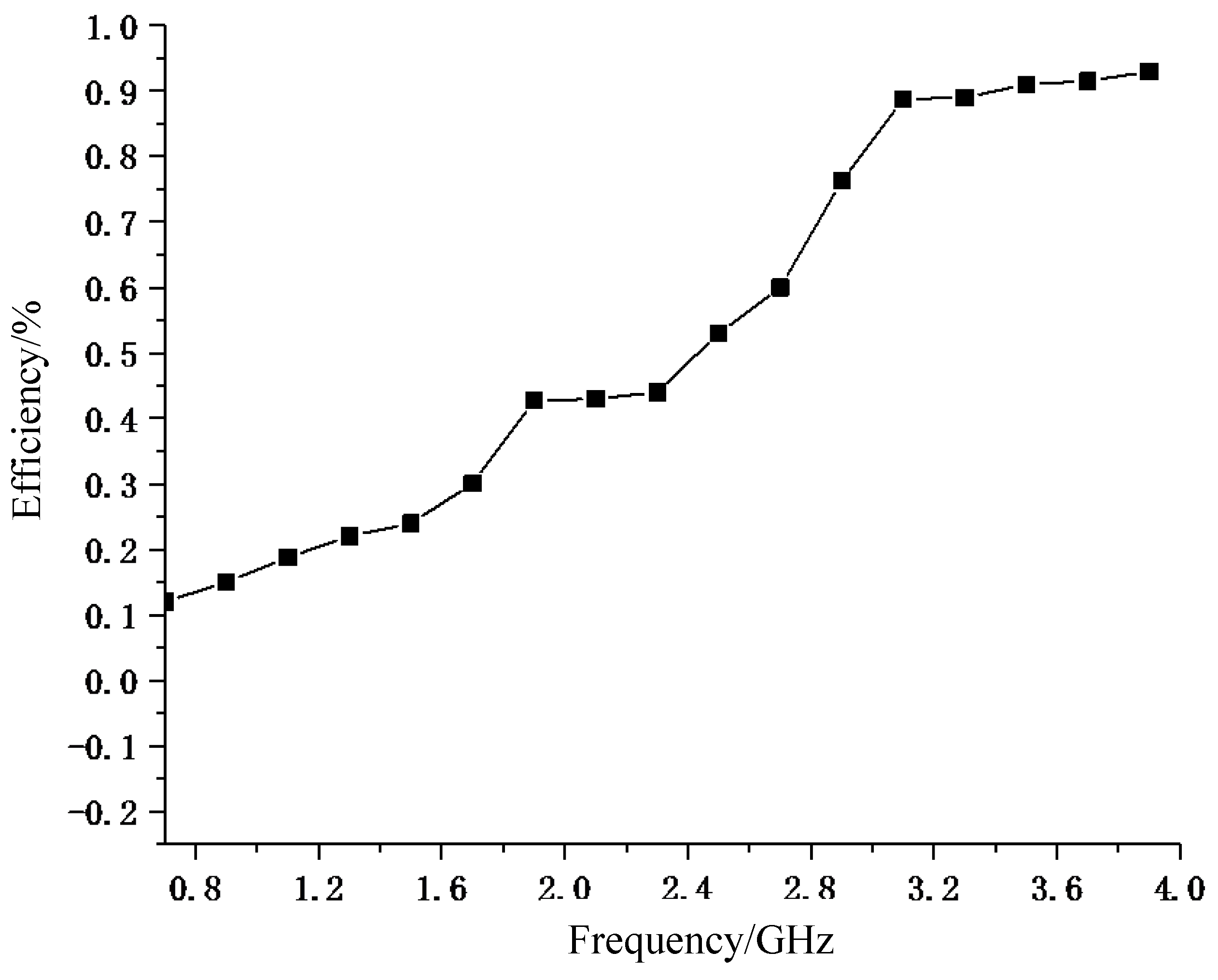

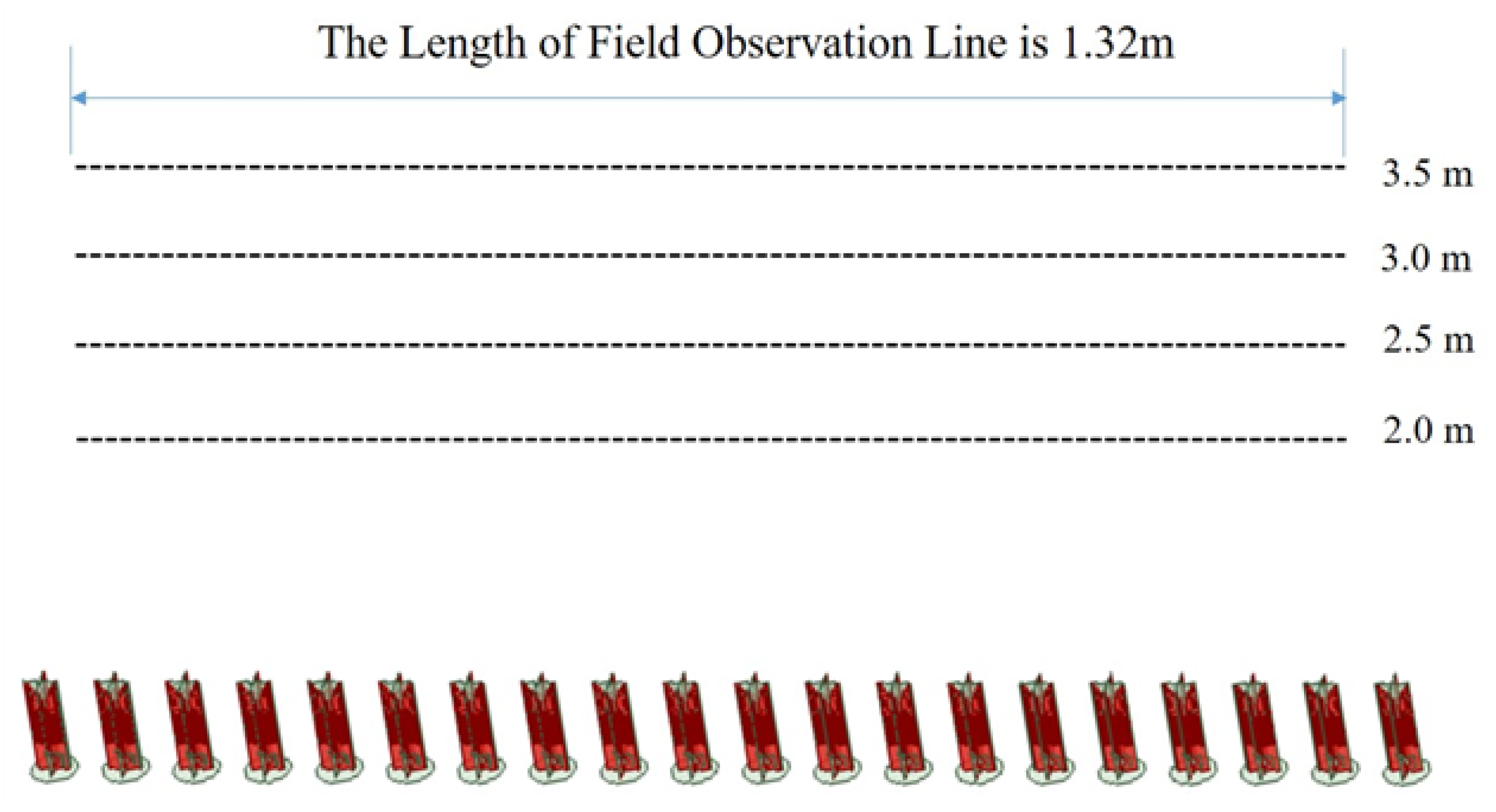
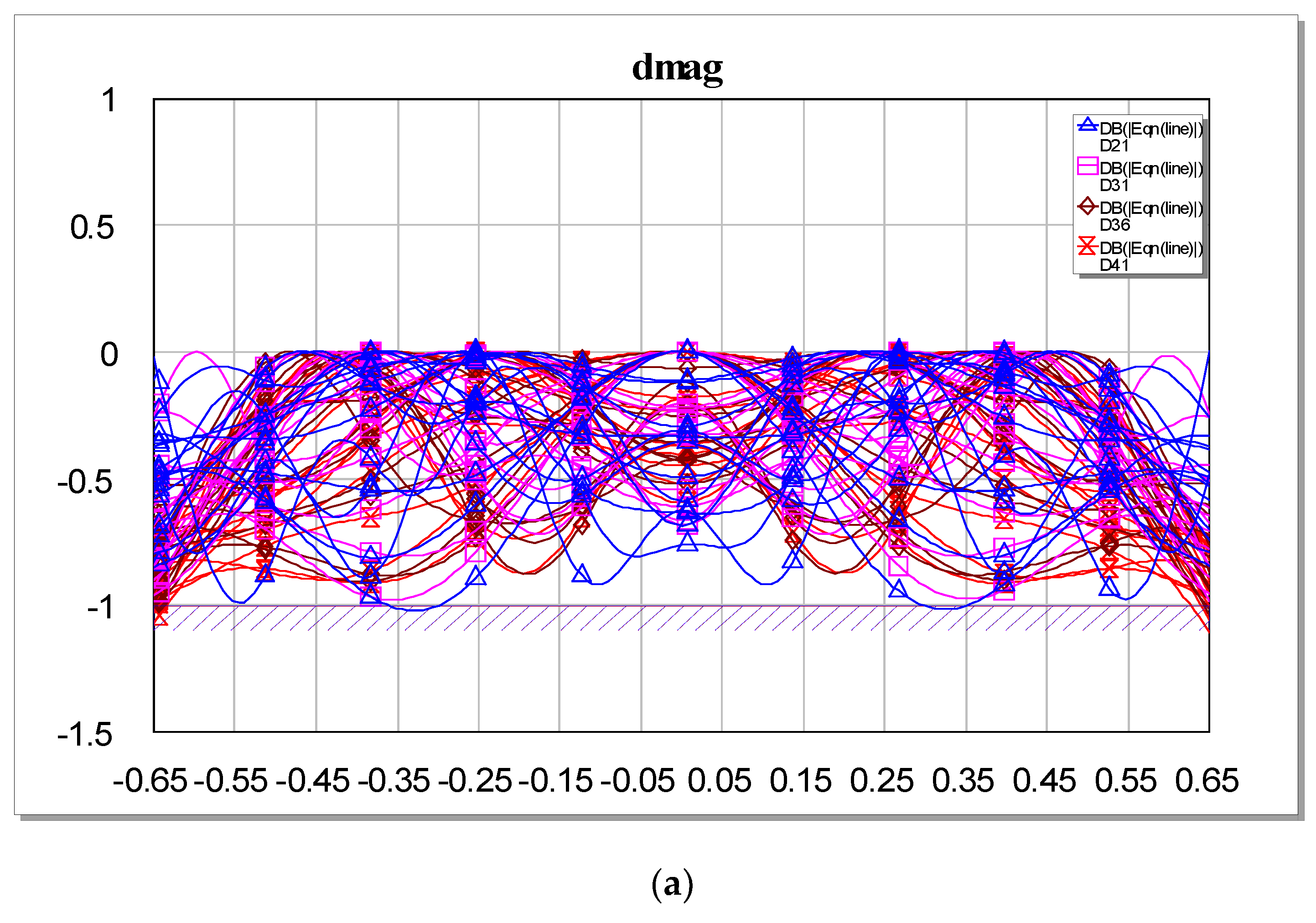

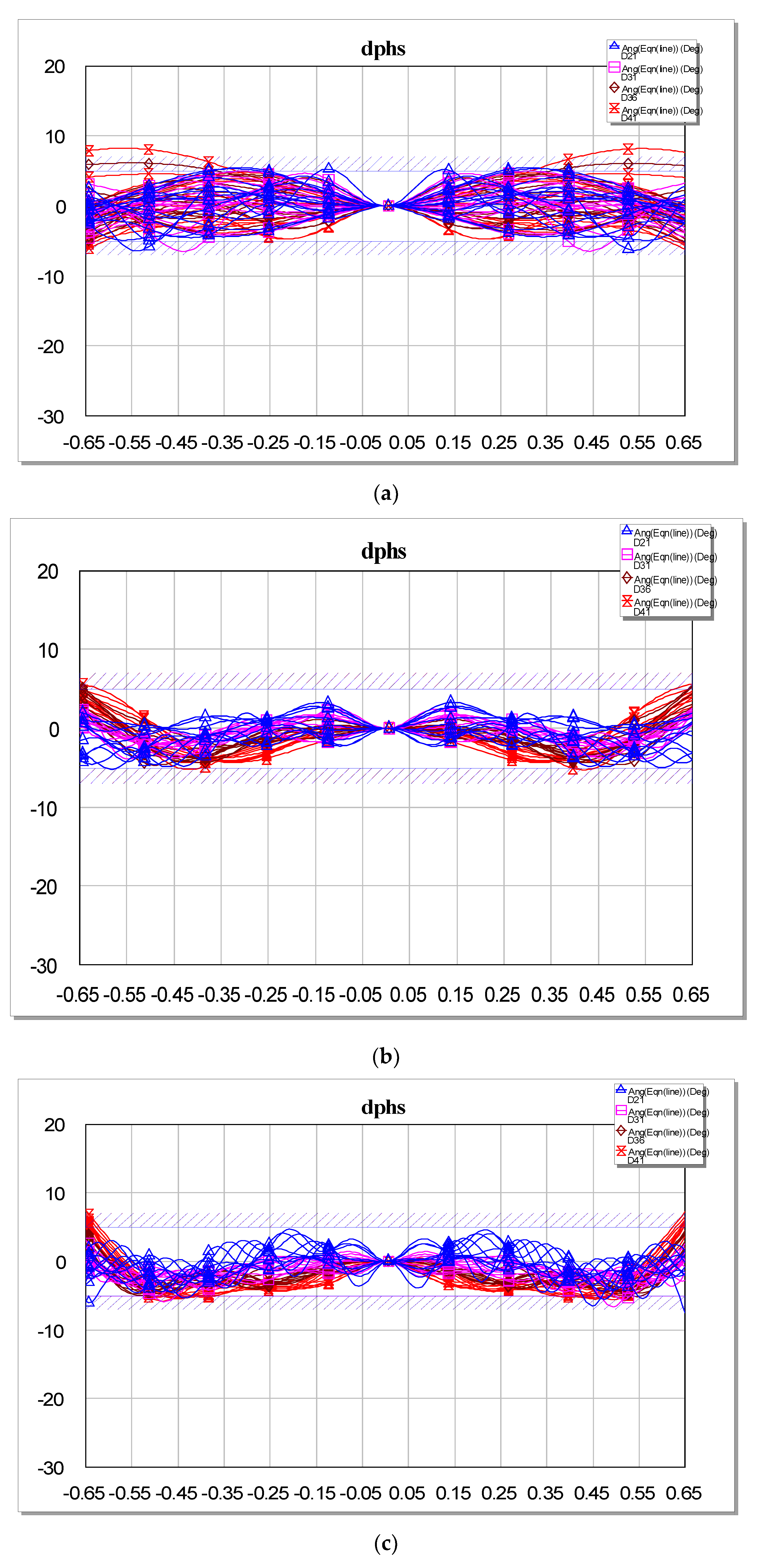
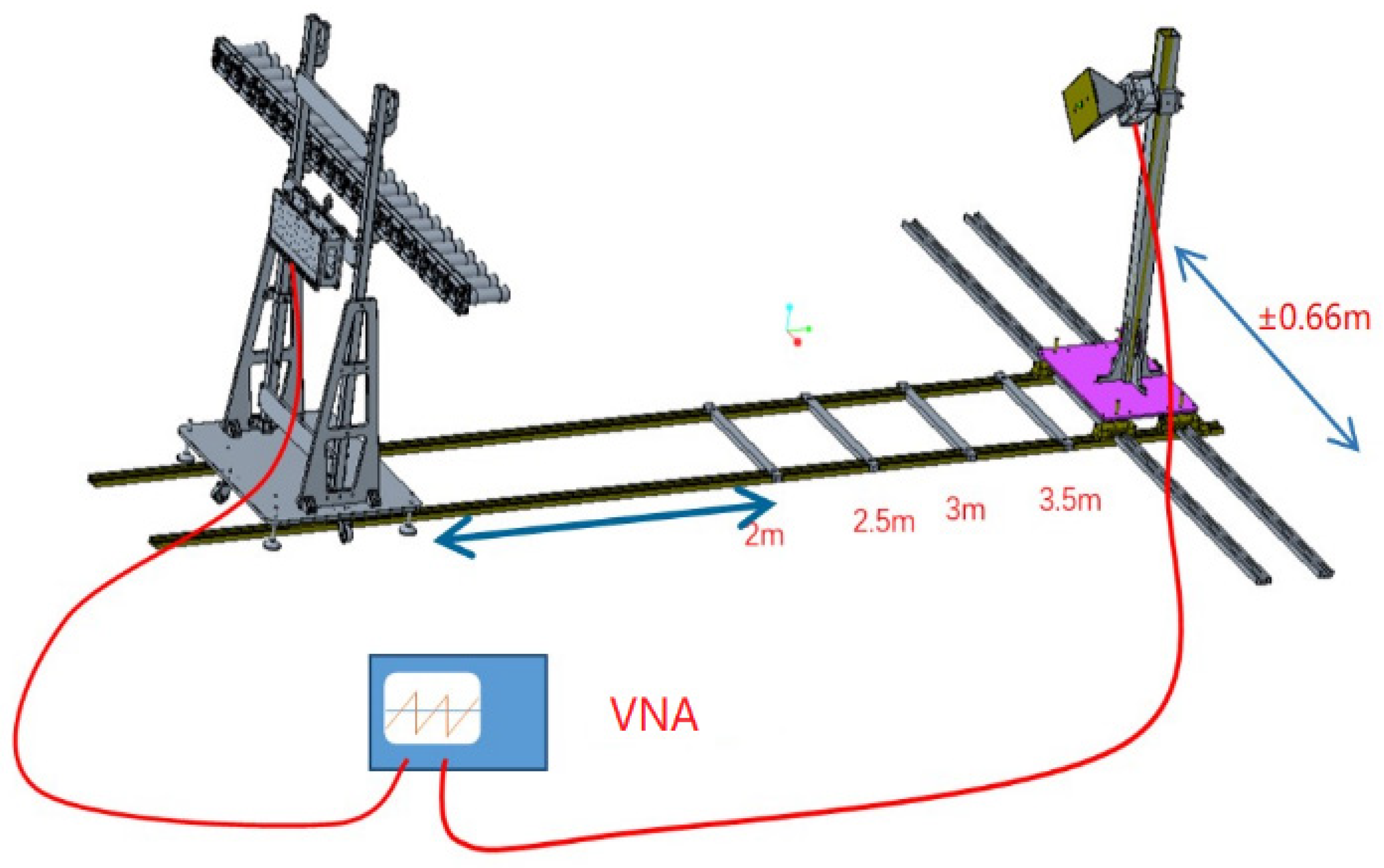

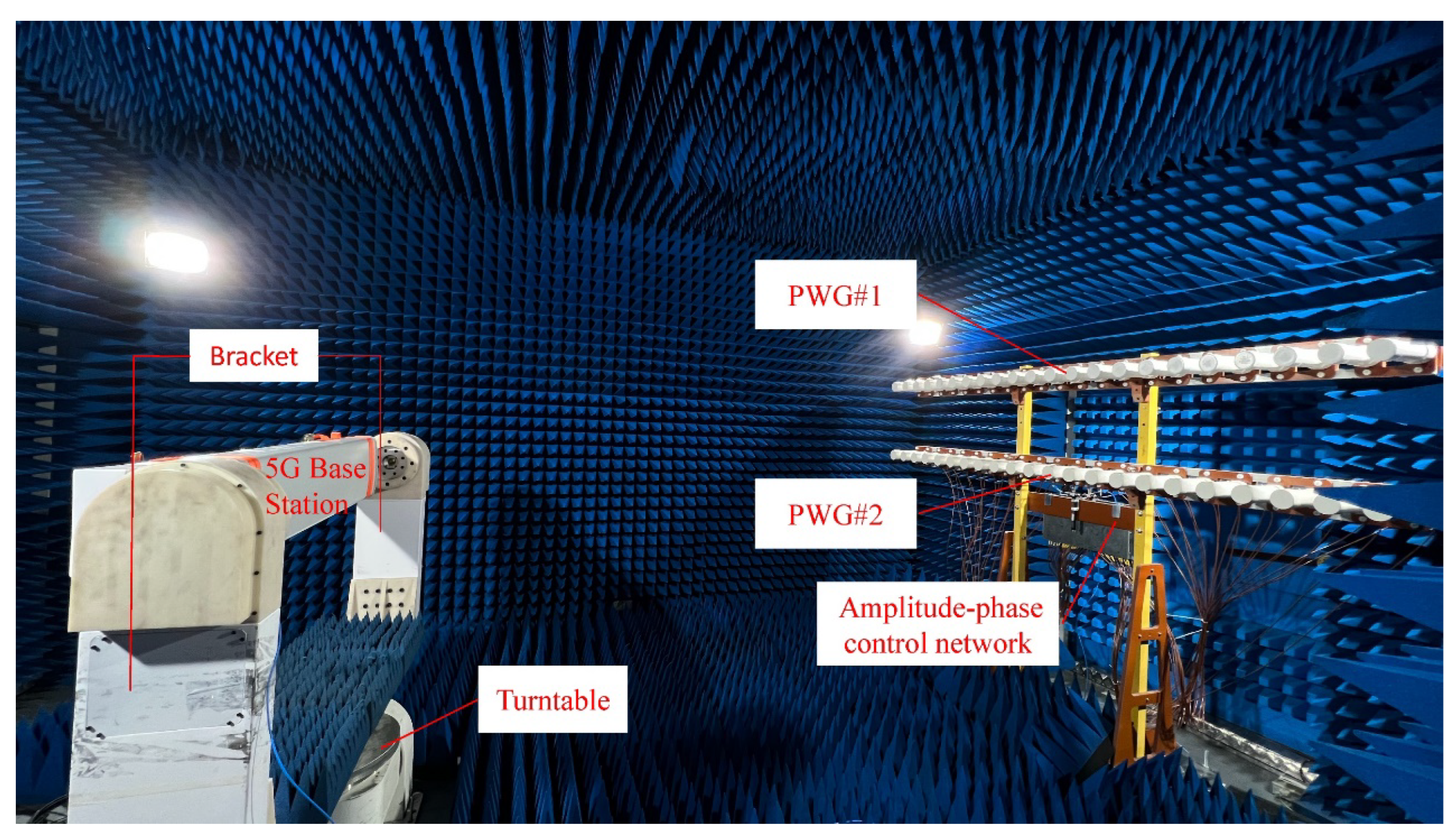
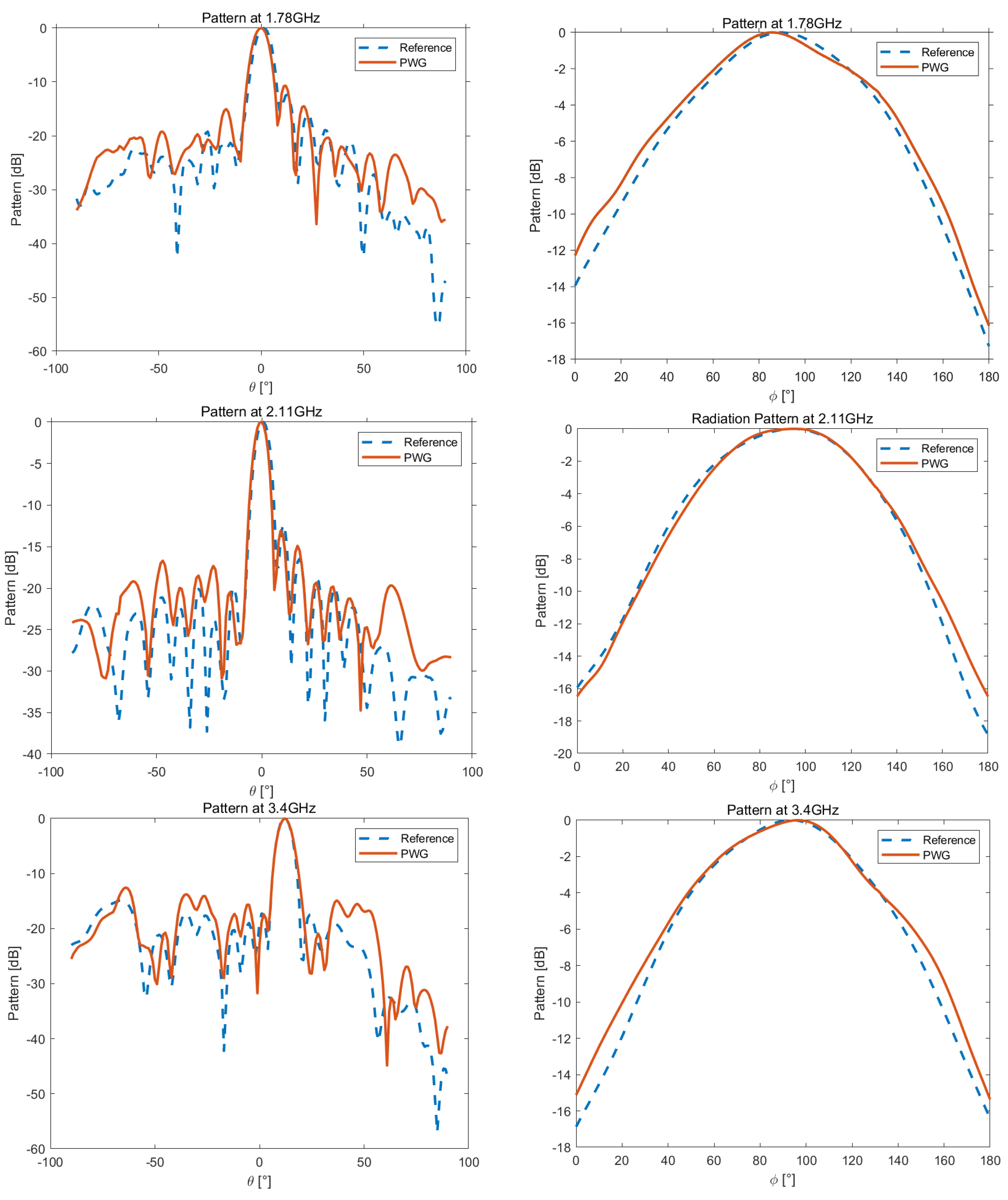
| Parameters | Value | Parameters | Value |
|---|---|---|---|
| L1 | 50 mm | L7 | 17 mm |
| L2 | 150 mm | L8 | 3 mm |
| L3 | 2.8 mm | R1 | 100 ohm |
| L4 | 11.4 mm | R2 | 100 ohm |
| L5 | 4 mm | Re | 0.04 |
| L6 | 2.5 mm |
| Frequency | 700 MHz–2.0 GHz | 2.0–3.0 GHz | 3.0–4.0 GHz | ||||
|---|---|---|---|---|---|---|---|
| Polarization | Distance/m | Amplitude Fluctuation/dB | Phase Fluctuation/deg | Amplitude Fluctuation/dB | Phase Fluctuation/deg | Amplitude Fluctuation/dB | Phase Fluctuation/deg |
| Vertical polarization | 2.0 | 1.09 | 10.32 | 0.91 | 13.24 | 1.59 | 9.73 |
| 2.5 | 1.11 | 11.45 | 0.92 | 11.97 | 1.46 | 10.12 | |
| 3.0 | 1.34 | 11.05 | 0.99 | 10.77 | 1.48 | 12.01 | |
| 3.5 | 1.16 | 15.30 | 1.10 | 12.95 | 1.57 | 10.16 | |
| Horizontal polarization | 2.0 | 1.02 | 11.52 | 1.48 | 12.99 | 1.60 | 14.42 |
| 2.5 | 1.48 | 10.22 | 1.36 | 11.08 | 1.30 | 14.50 | |
| 3.0 | 1.02 | 11.92 | 1.54 | 13.35 | 1.57 | 10.25 | |
| 3.5 | 1.33 | 13.82 | 1.63 | 14.65 | 1.52 | 12.01 | |
Disclaimer/Publisher’s Note: The statements, opinions and data contained in all publications are solely those of the individual author(s) and contributor(s) and not of MDPI and/or the editor(s). MDPI and/or the editor(s) disclaim responsibility for any injury to people or property resulting from any ideas, methods, instructions or products referred to in the content. |
© 2023 by the authors. Licensee MDPI, Basel, Switzerland. This article is an open access article distributed under the terms and conditions of the Creative Commons Attribution (CC BY) license (https://creativecommons.org/licenses/by/4.0/).
Share and Cite
Li, X.; Chen, L.; Wang, Z.; Yang, K.; Miao, J. An Ultra-Wideband Plane Wave Generator for 5G Base Station Antenna Measurement. Electronics 2023, 12, 1824. https://doi.org/10.3390/electronics12081824
Li X, Chen L, Wang Z, Yang K, Miao J. An Ultra-Wideband Plane Wave Generator for 5G Base Station Antenna Measurement. Electronics. 2023; 12(8):1824. https://doi.org/10.3390/electronics12081824
Chicago/Turabian StyleLi, Xinzhong, Litao Chen, Zhengpeng Wang, Ke Yang, and Jungang Miao. 2023. "An Ultra-Wideband Plane Wave Generator for 5G Base Station Antenna Measurement" Electronics 12, no. 8: 1824. https://doi.org/10.3390/electronics12081824
APA StyleLi, X., Chen, L., Wang, Z., Yang, K., & Miao, J. (2023). An Ultra-Wideband Plane Wave Generator for 5G Base Station Antenna Measurement. Electronics, 12(8), 1824. https://doi.org/10.3390/electronics12081824







